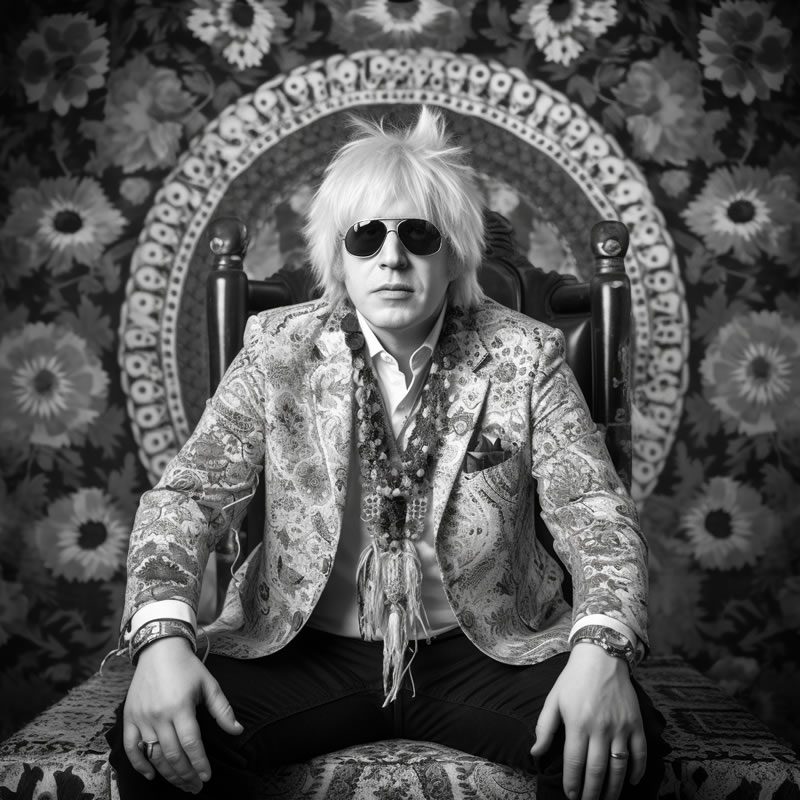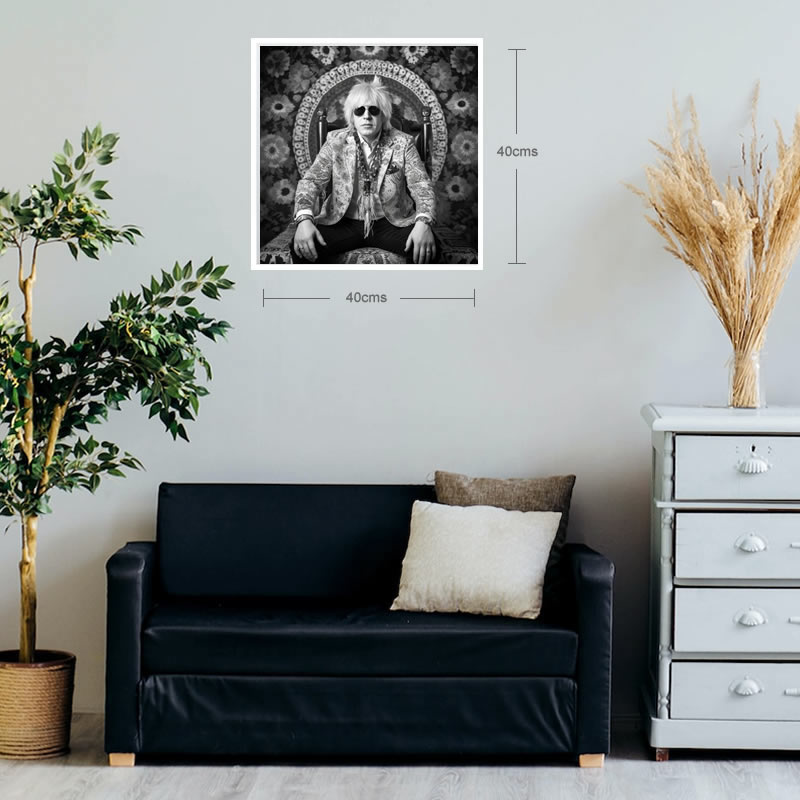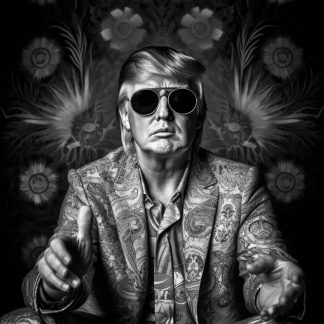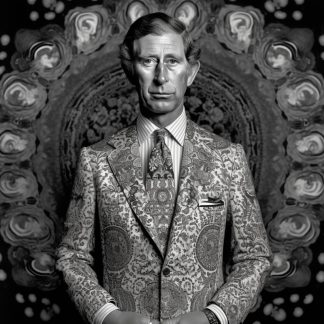Description
A Groovy Twist to Politics.
In the realm of politics, it is not uncommon for leaders to have their fair share of unconventional moments and portrayals. Here we have a unique depiction of Boris Johnson shown as a 1960s hippy. This whimsical representation of the former British Prime Minister draws parallels between the countercultural movement of the 1960s and the modern-day political landscape. Put on your tie-dye shirt, grab your peace sign, and let’s take a groovy trip through time!
The Hippy Movement: A Brief Overview:
To understand the context behind Boris Johnson being depicted as a 1960s hippy, we must first familiarize ourselves with the hippy movement itself. The 1960s witnessed a wave of countercultural revolution, as young people across the globe sought to challenge traditional societal norms and advocate for peace, love, and freedom. The hippy movement, characterized by its rejection of materialism, embrace of communal living, and pursuit of spiritual enlightenment, became synonymous with the era. It was a time of social change, artistic expression, and a quest for alternative lifestyles.
The Connection to Boris Johnson
Boris Johnson, known for his colorful personality and distinctive appearance, has inadvertently found himself linked to the countercultural spirit of the 1960s. His unruly blond hair, casual demeanor, and penchant for making unexpected statements have drawn comparisons to the free-spirited nature often associated with the hippy movement. Additionally, his involvement in various controversial events and his role as a political figure have given rise to satirical depictions, one of which imagines him as a 1960s hippy.
A Playful Satire: Poking Fun at Politics
Depicting Boris Johnson as a 1960s hippy serves as a playful satire that pokes fun at the often serious and rigid nature of politics. By presenting the former Prime Minister in a countercultural light, this portrayal challenges the conventional image of a political leader and encourages viewers to question the status quo. It highlights the inherent contradictions and absurdities that can arise within the realm of politics and provides a moment of lightheartedness amidst the seriousness of governance.






